Up to 50 Books Were Left Out of the Bible – Here’s Why
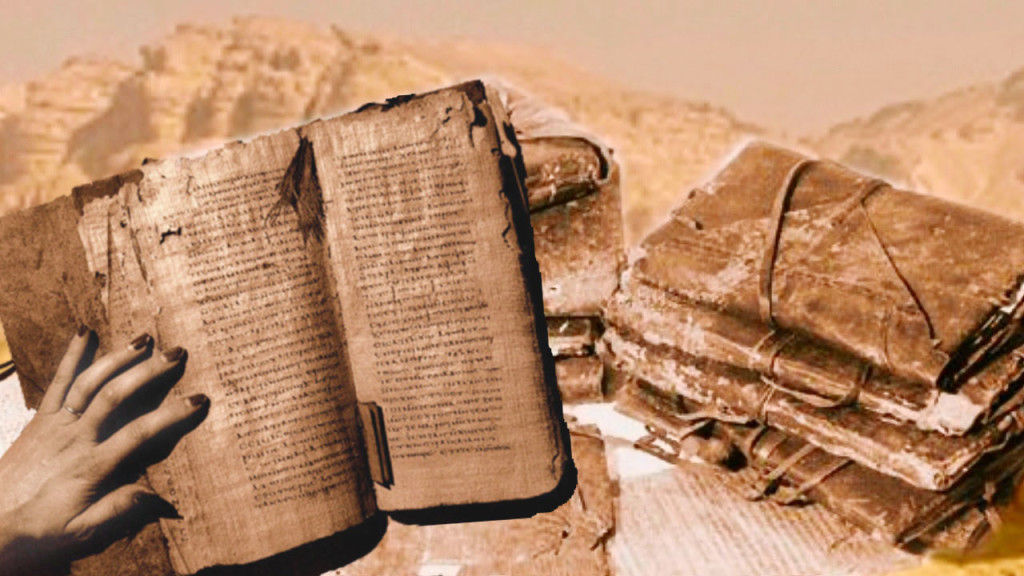 Did Jesus marry and have children? Was Mary Magdalene a prostitute — or an apostle? Did Cain commit incest? Will there be an apocalypse or is this God’s trick to scare us? The answers to these questions aren’t found in the Bible as we know it, but they exist in scriptures banned when powerful leaders deemed them unacceptable for reasons both political and religious.
Did Jesus marry and have children? Was Mary Magdalene a prostitute — or an apostle? Did Cain commit incest? Will there be an apocalypse or is this God’s trick to scare us? The answers to these questions aren’t found in the Bible as we know it, but they exist in scriptures banned when powerful leaders deemed them unacceptable for reasons both political and religious.
The Gospel of Peter, The Gospel of Mary, The Gospel of Judas, The Gospel of Thomas and The Secret Gospel of Mark…these are just a few of the books that were left out of the Bible. The reasons why they were excluded provide astonishing insight into the concerns of church leaders and scholars responsible for spreading the faith an illuminating look at early Christian and religious history.
One hundred and fifty years after the birth of Jesus, a man named Marcion decided that a Christian Bible was needed to replace the Hebrew Bible. Church leaders opposed Marcion’s banning of the Hebrew books, but they did agree that Christians should have a Bible to call their own. After Constantine the Great converted to Christianity in the 4th century, a serious effort was made to compile a Christian Bible, one that included both the Hebrew scriptures (the Old Testament) and Christian manuscripts (the New Testament). It took another 40 years before a final list of New Testament books was officially canonized by the church. Many of the most popular were excluded.
The word gnostic comes from the Greek word gnosis, meaning “knowledge”, which is often used in Greek philosophy in a manner more consistent with the English “enlightenment”. The name Christian gnostics came to represent a segment of the Early Christian community that believed that salvation lay not in faith in Christ, but in psychic or pneumatic souls learning to free themselves from the material world via the revelation. According to this tradition, the answers to spiritual questions are to be found within, not without. And it is precisely this reason that these books were left out of the “sanctioned” text of the First Council of Nicaea. Gnostic text preached that there was no need for a unified church. As a result, the Gnostic Gospels were deleted and considered illegal heresy.
The documents which comprise the collection of gnostic gospels were not discovered at a single time, but rather as a series of finds. The Nag Hammadi Library was discovered accidentally by two farmers in December 1945 and was named for the area in Egypt where it had been hidden for centuries. Other documents included in what are now known as the gnostic gospels were found at different times and locations, such as the Gospel of Mary, which was recovered in 1896 as part of the Akhmim Codex and published in 1955. Some documents were duplicated in different finds, and others, such as with the Gospel of Mary Magdalene, only one copy is currently known to exist.
Posted in The True Life of Jesus, True History of Manwith 3 comments.


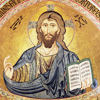
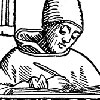
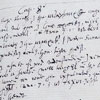
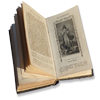
if you know about this lost books why are you unable to copy/send/or reference?
ADMIN: I am only presenting the article as it is as I found it to share. If I had the links, believe me, I would provide them.
Would it be possible for me to have a complete list, to make it easier for me to see, please/
Such as the Gospel of St. Thomas, followed by the remaining books? Thank you so very in advance. I have a great interest in the Holy Bible, and what books were left out. I thought there were only four.
Hi Dave, Unfortunately I do not have the resources to address your needs per your request here and in another comment. Please continue to check the internet to find what you are looking for. Best of Luck! Admin